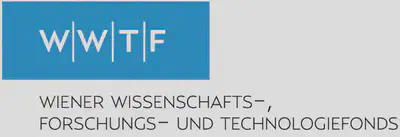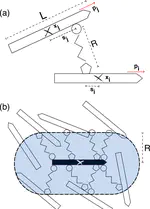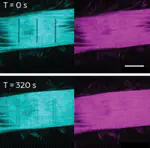Theory of Living Matter Group
The theory of living matter group studies the physics of cells, tissues and organisms: How does the cellular machinery that segregates chromosomes during cell division work? How can dividing cells deform and ultimately split? How do the cells in our bodies give shape to organs? How can cells tell left from right? What are the forces and torques involved, how are they generated, and how are they organized across scales?
To shed light on these questions, we develop analytical and numerical techniques for deciphering the physics of life. We based at the Institute for Applied Physics of TU Wien where we are part of the research focus on Biophysics. Beyond that, we maintain active collaborations with leading experimental Labs from Vienna, in particular the and around the world.
We have openings PhD, Master, Bachellor and Project students! Get in touch!
Sebastian Fürthauer studies the physics of cellular scale processes, such as cell division and cell motility, cells, and active materials more broadly. After earning his Ph.D. at the Max Planck Institute for Physics of Complex Systems and the Max Planck Institute for Cellular Biology and Genetics, in Dresden, Germany, he did research at the Tata Centre for Interdisciplinary Sciences in Hyderabad, India, the Courant Institute at New York University and Harvard University and the Flatiron Institute of the Simons Foundation in New York City. His group at TU-Wien seeks to uncover how cytoskeletal networks function in cells and how cells organize into tissues, using approaches from theoretical and numerical physics.
Download my CV.
- Active Materials
- Cell Biophysics
- Emergence
PhD in Biophysics, 2012
MPI PKS, MPI CBG, TU Dresden
Diplom, Technische Physik, 2007
TU Wien
Topics
Recent & Upcoming Talks
Funding






